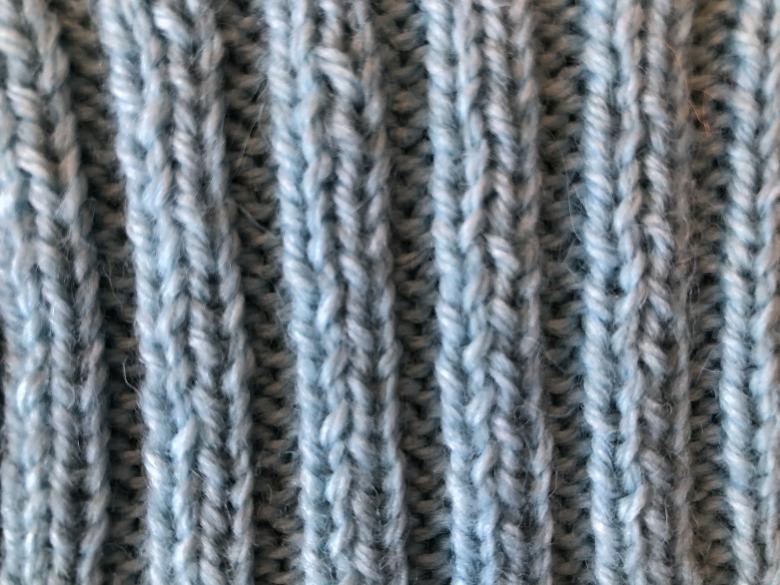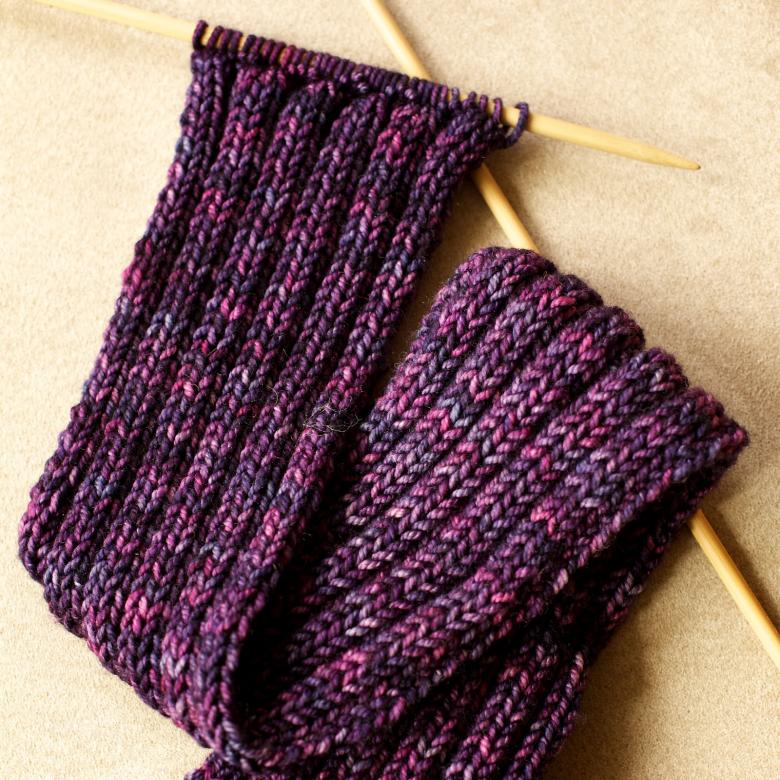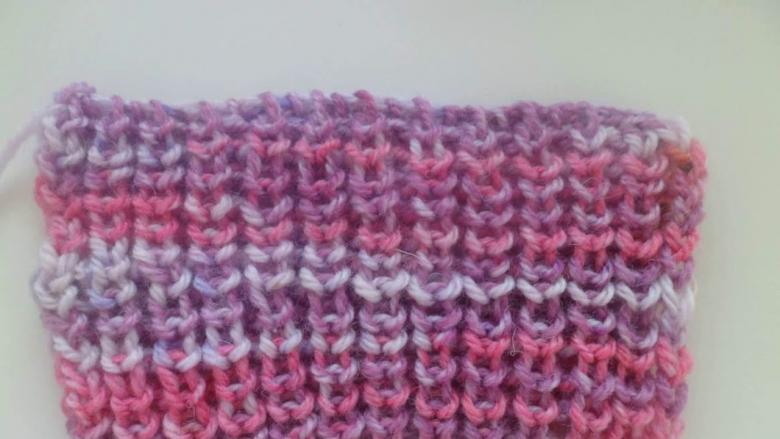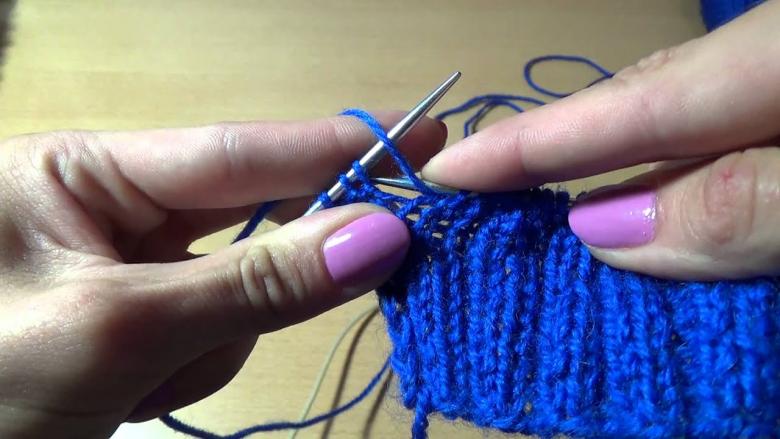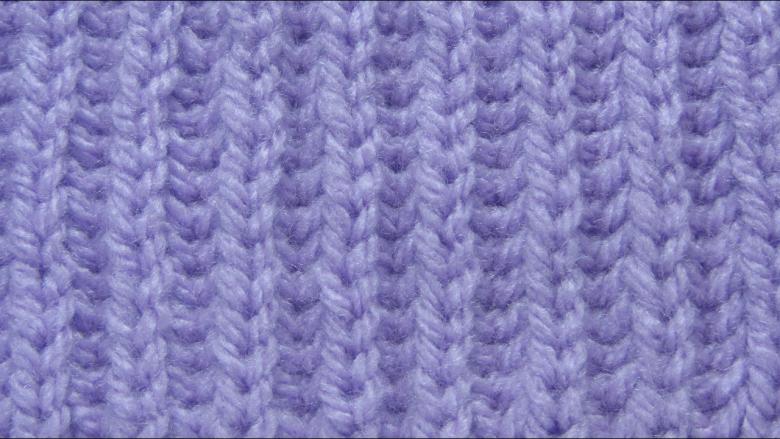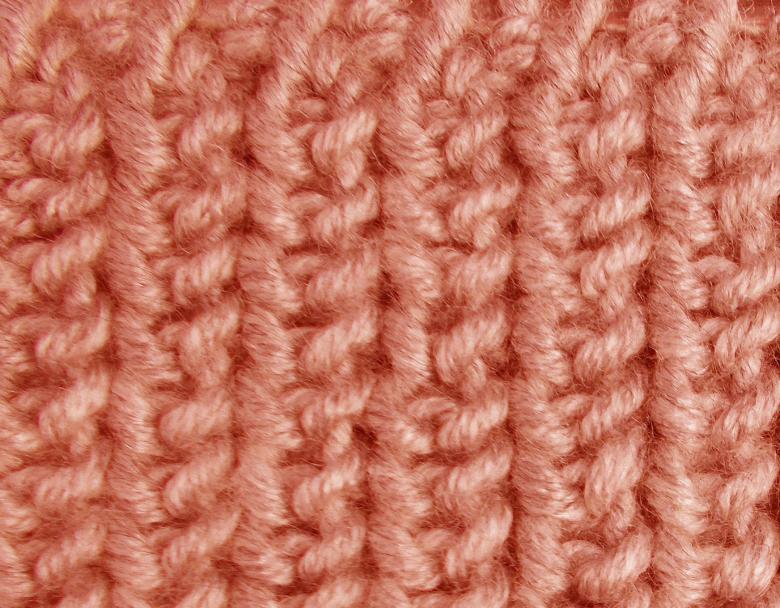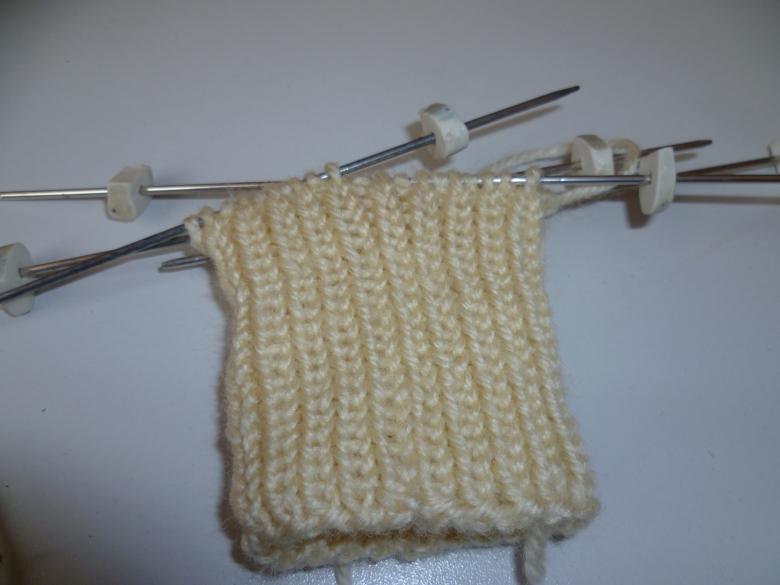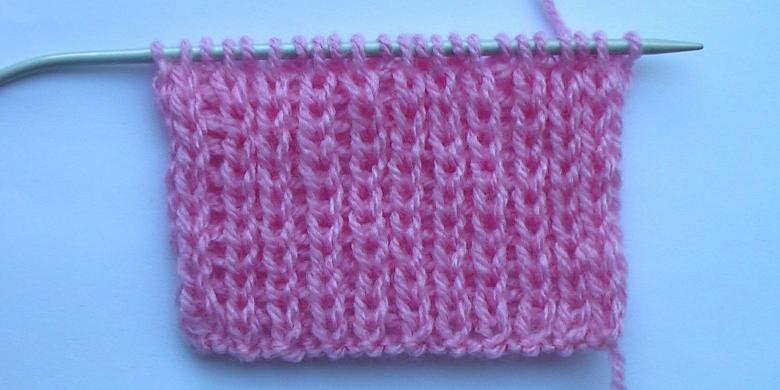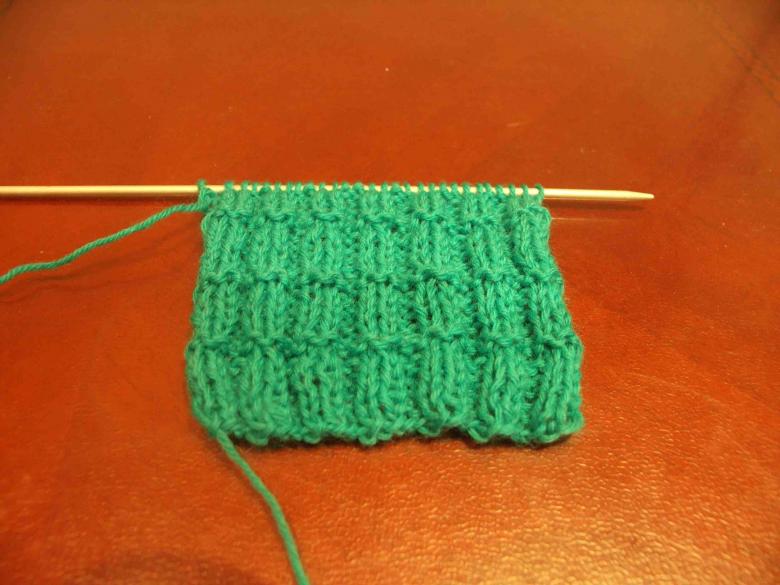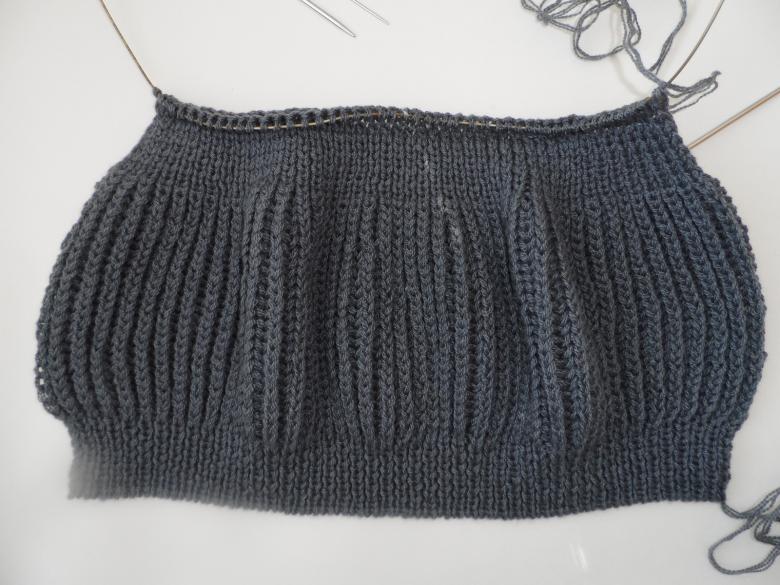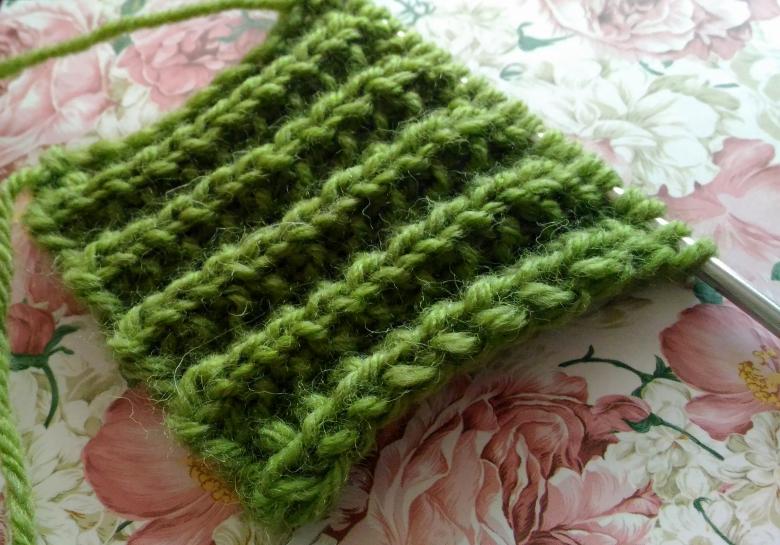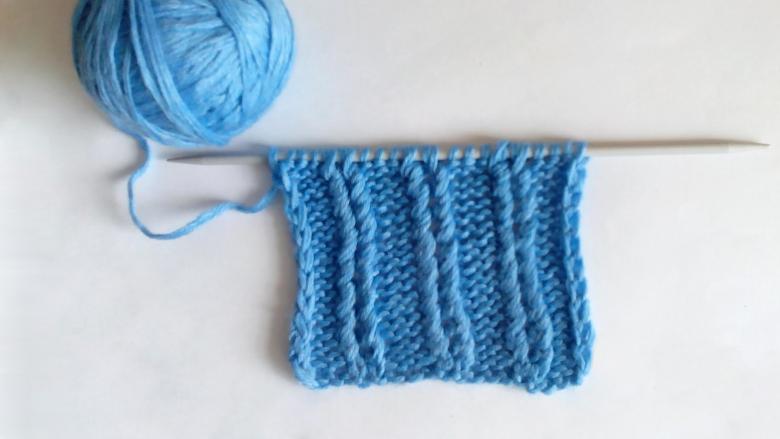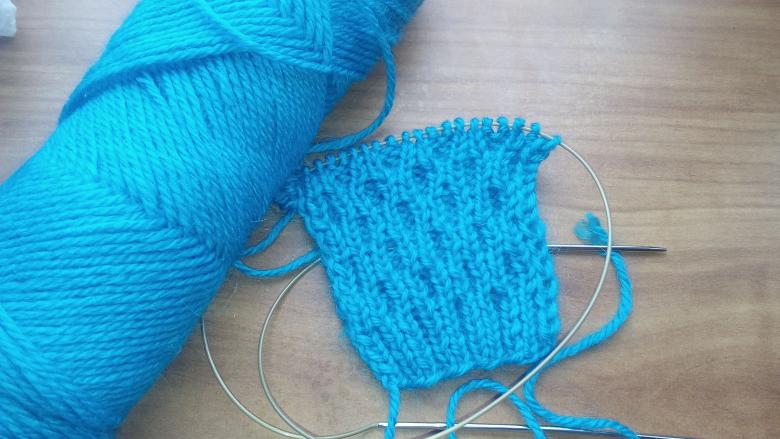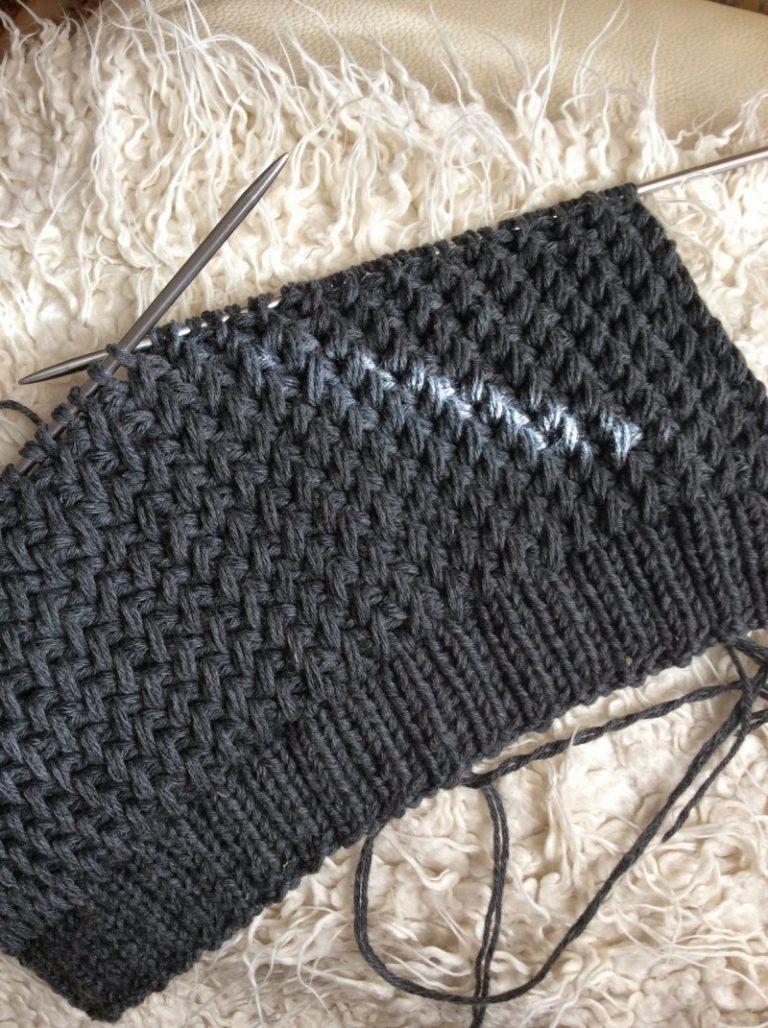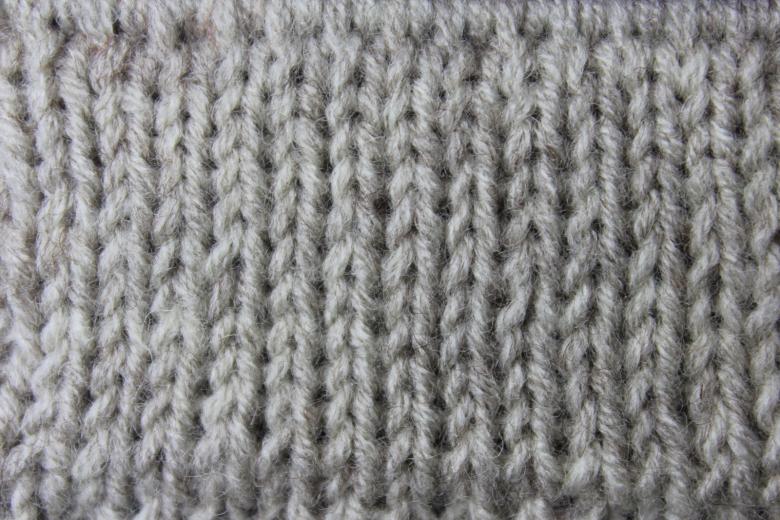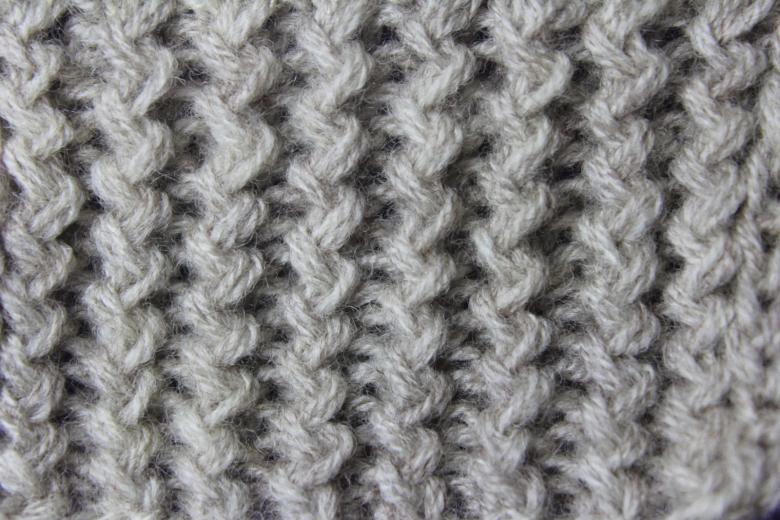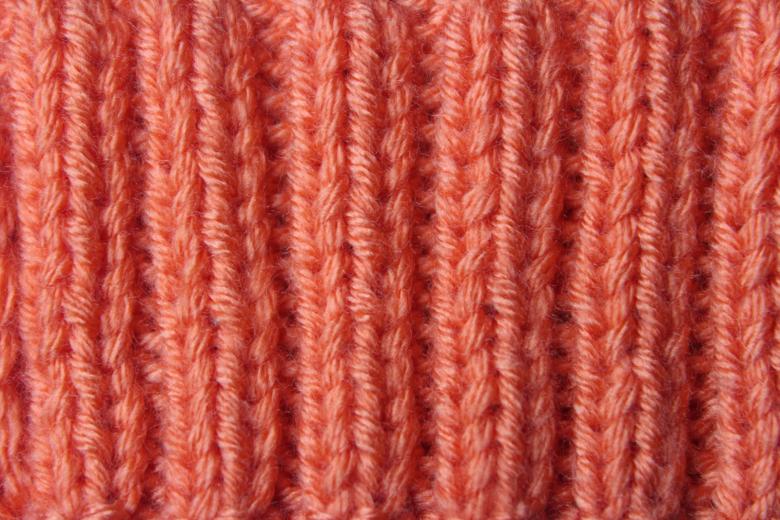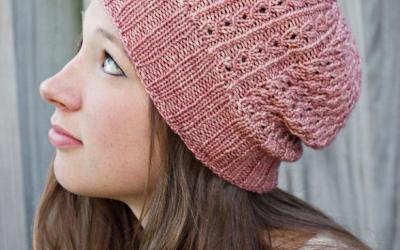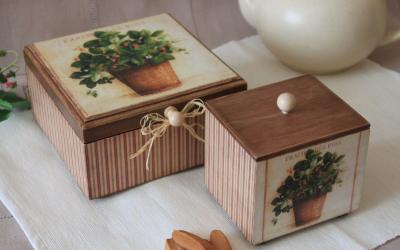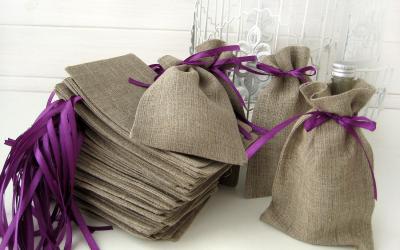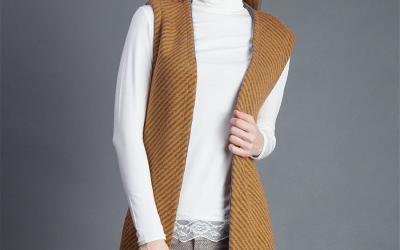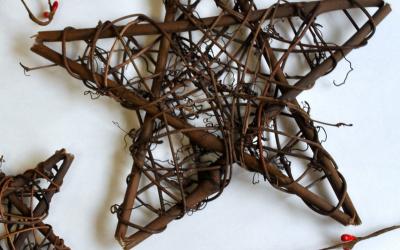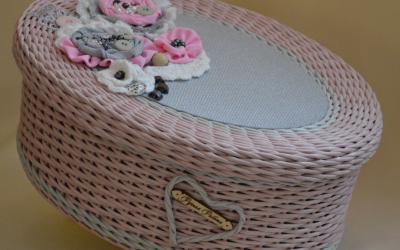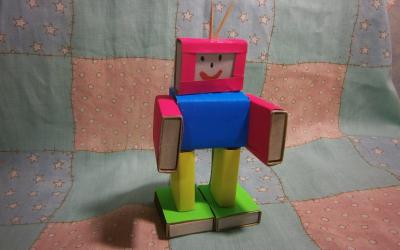How to knit an elastic band - an overview of popular ways for beginners
With an elastic band begins any knitted thing. Hats, sweaters, vests, mittens have an elastic element in the base, which fits tightly to the body, protecting it from the cold and wind, but also stretches easily.

Some products are made of knitted fabric, in which this ornament is the main one. It makes things not only practical, but also beautiful and original. There are many options for knitting an elastic band. Often the needlewoman knits several kinds, choosing the most suitable of them for a particular thing.
The knitting needle
The element can be knitted with both spokes and crochet. On the first it turns out more elastic, so in most cases masters perform the elastic just on them, switching to a hook only when the idea requires it.
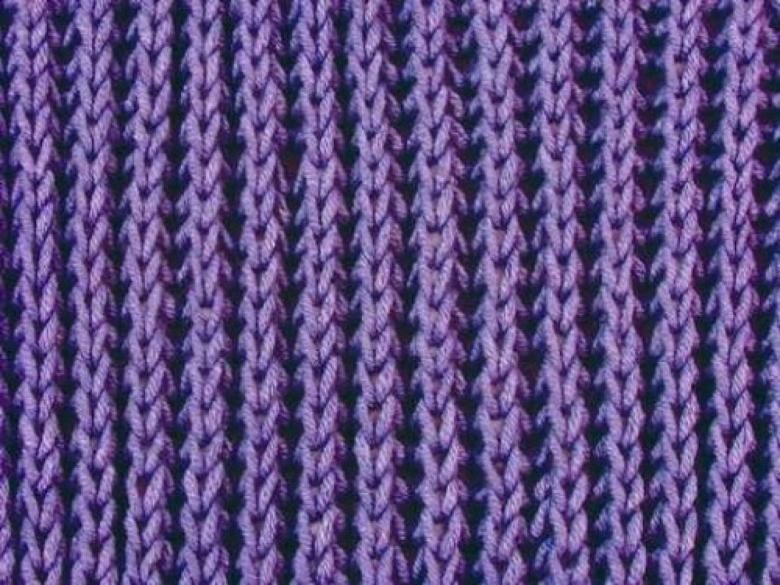
Choosing spokes, it is recommended to compare their thickness with the size of the thread. They should be about the same. When working, do not tighten the thread too much, knit loosely, but without holes.
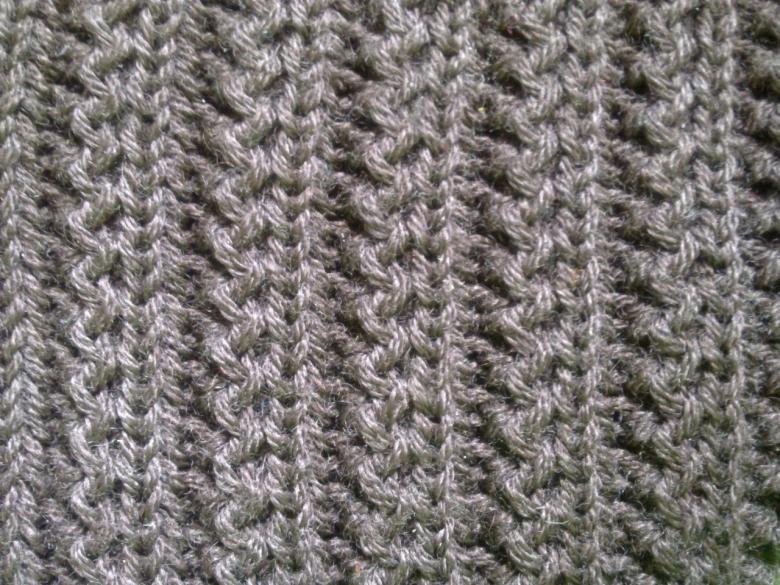
1×1 stitch.
The 1x1 ornament is used in creating hats. It is dense and quite elastic. Master class:
- Dial the desired amount of loops + two edge stitches from each edge;
- First, alternate these elements - 1 l.p., 1 rn.p;
- Repeat until the end of the row;
- In the second row, knit in the pattern.
Thing turns out with the same pattern on the main and back sides.

Stitch 2x2
This type of pattern is used in sweaters, hats, mittens, scarves, applying it both on the open areas (neck, wrist, waist) and on the whole fabric. Knitting looks embossed, voluminous, and the fabric is elastic, good stretch.
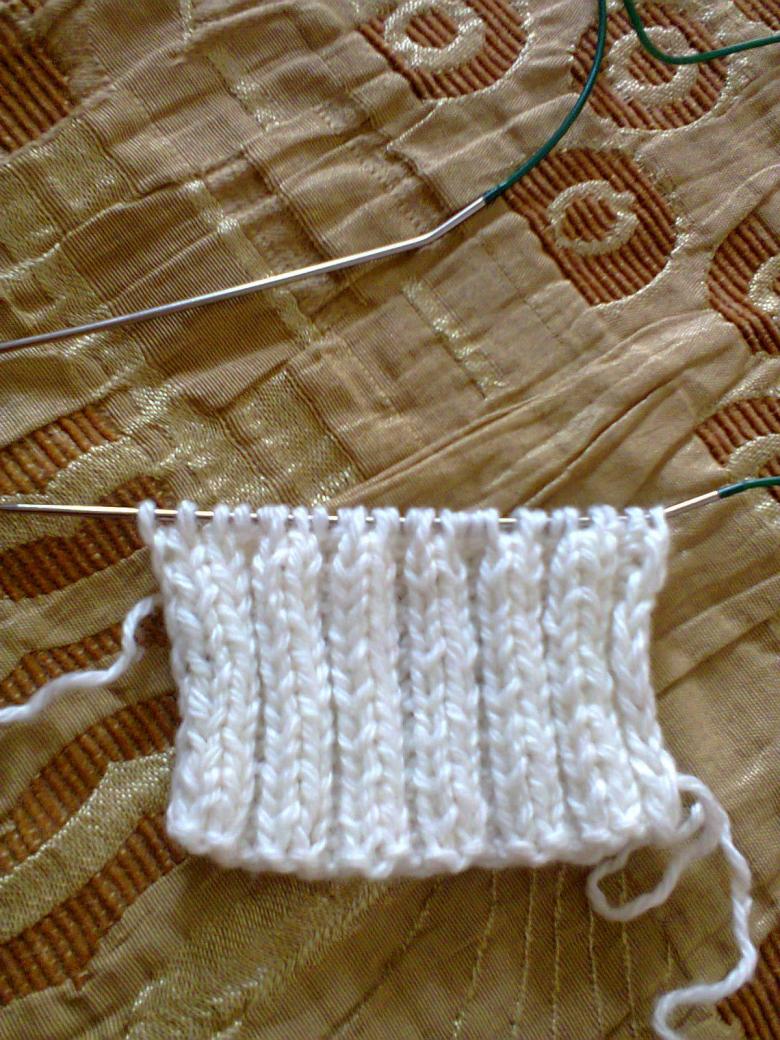
Description:
- Recruit the desired number of loops, but necessarily divisible by 4, plus two stitches on each side;
- First you need to tie, alternating, 2 obverse and 2 to the wrong side;
- Then follow the pattern: where a "check mark" - there is a right side, where the "rung" - there is a wrong side;
- Repeat the cycle items 2,3 calculated number of times.
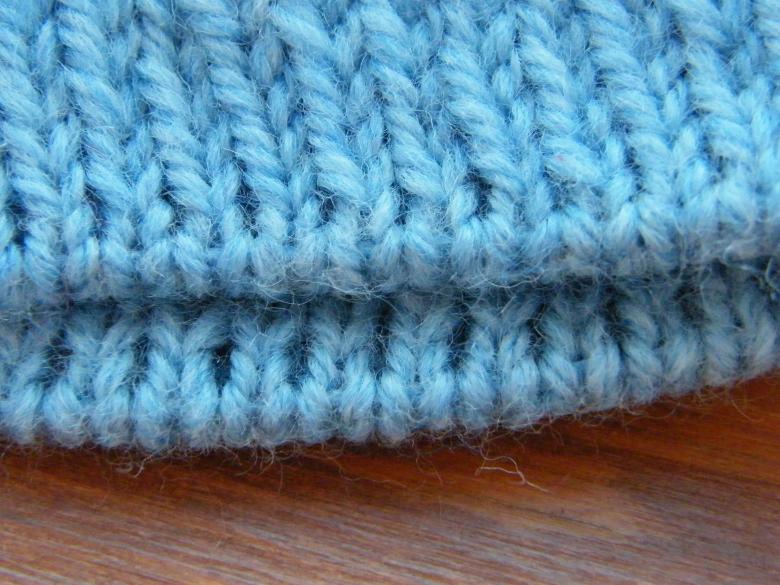
Weaving
This ornament imitates the factory products, which are made on knitting machines. The pattern differs from the traditional 1x1, 2x2 elements in that it has a kind of weave on the reverse side, which may well serve as a basic technique in some hand-made items.
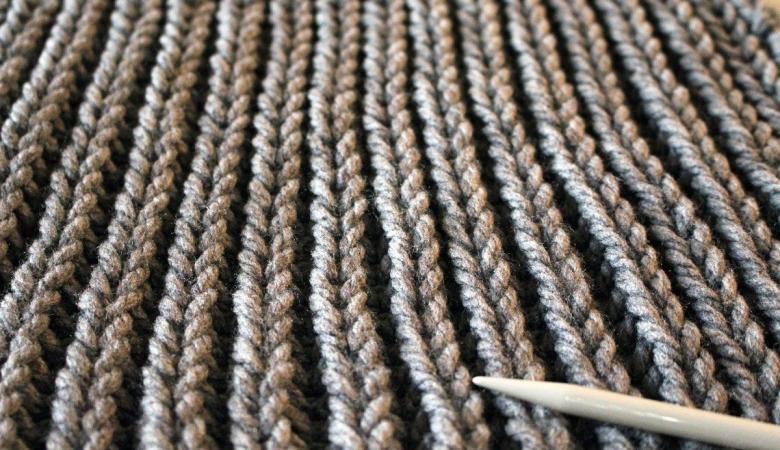
The knitting instructions are simple, but require care:
- Dial in such a number of stitches that it is divided by two;
- Add a pair of extreme ones on each side;
- First, knit an alternation of both types of stitches one piece at a time;
- In the next action, take off one of them, holding the working thread in front of you, and tie one to the wrong side.
- Repeat the consecutive knitting of 2-3 stitches until the calculated size of the item.
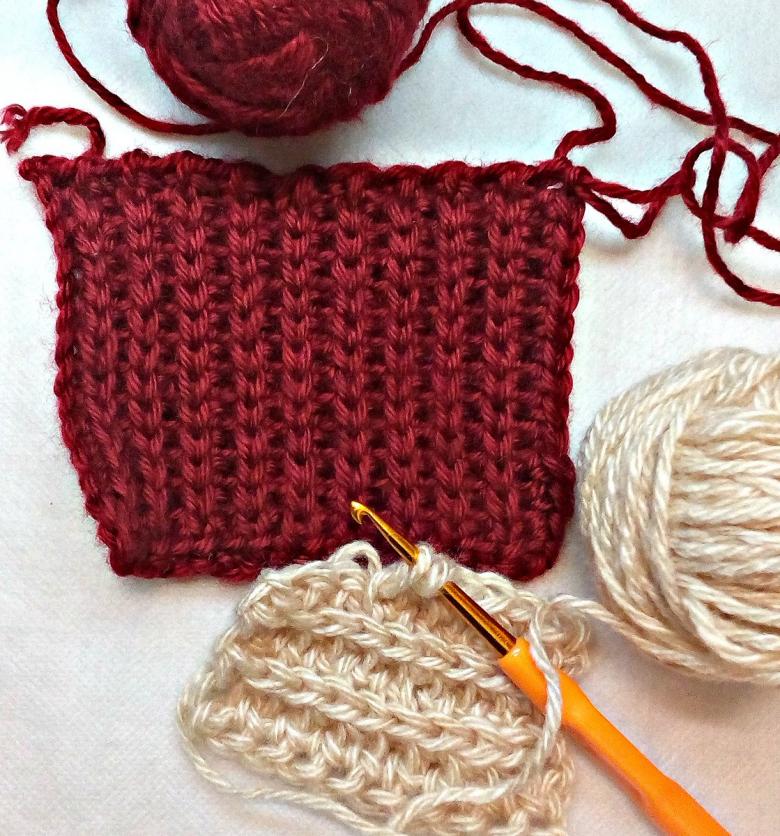
A loop taken off unknitted will form horizontal strokes on the reverse side. The technique looks original, can be used as a basic technique in knitting various snoods, collars, scarves and hats of different models.
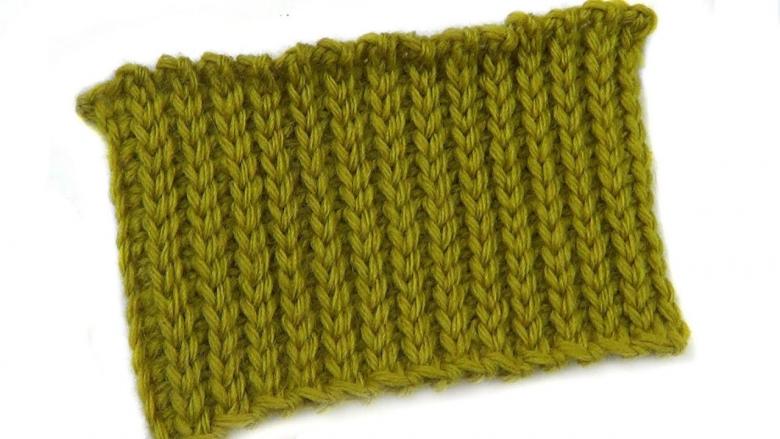
English
The classic English elastic band is a favorite of craftswomen who practice knitting things for children and adults. It has the properties of elasticity and elegance at the same time. To make it dial a calculated number of loops, a multiple of two, as well as one and two outermost (a total of three).
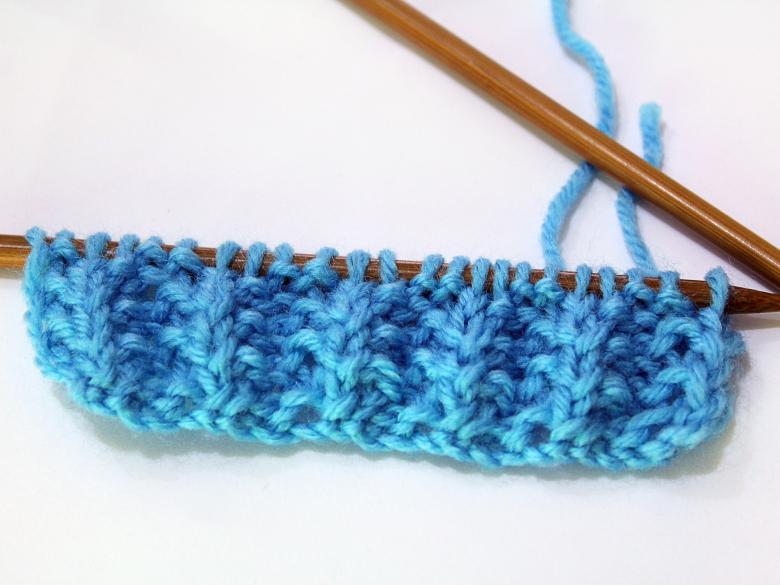
In the English method requires a special way to perform the front and back elements. In the main stitches, the working needle is inserted from below and the thread is picked up. In the reverse - the working tool is inserted from above into the buttonhole, capturing the thread and knitting a new one. To understand in practice will help photos published on thematic Internet resources and handmade blogs.
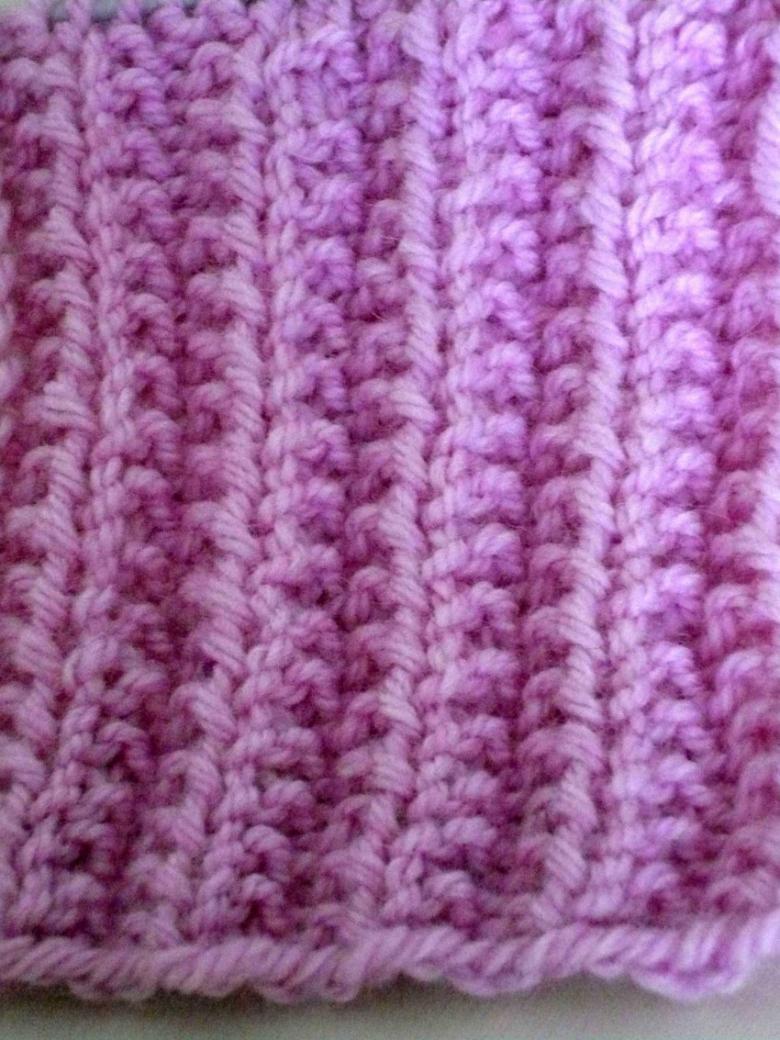
Description:
- In the first row, knit one front stitch, make an overlap, take off the next stitch without knitting, then another front stitch;
- In the second - make one lap, one loop removed free, knit a couple of pieces on the face, make one overlap, one loop removed untouched.
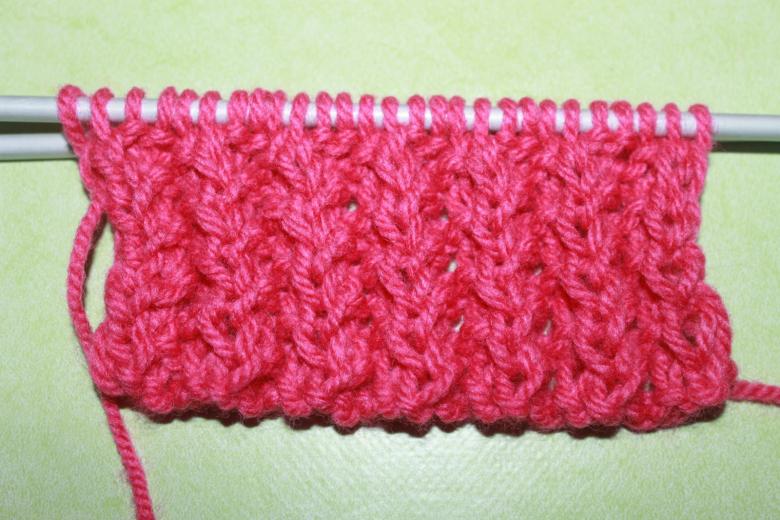
In this work it is important not to mix up the sequence. Experienced craftsmen can tell from the pattern if there is a mistake. Beginners are advised to follow the scheme carefully. Before proceeding to work, experienced craftswomen recommend trying the technique on a small sample. This will allow you to assess the density, size and decide whether to stop on it or try another pattern.
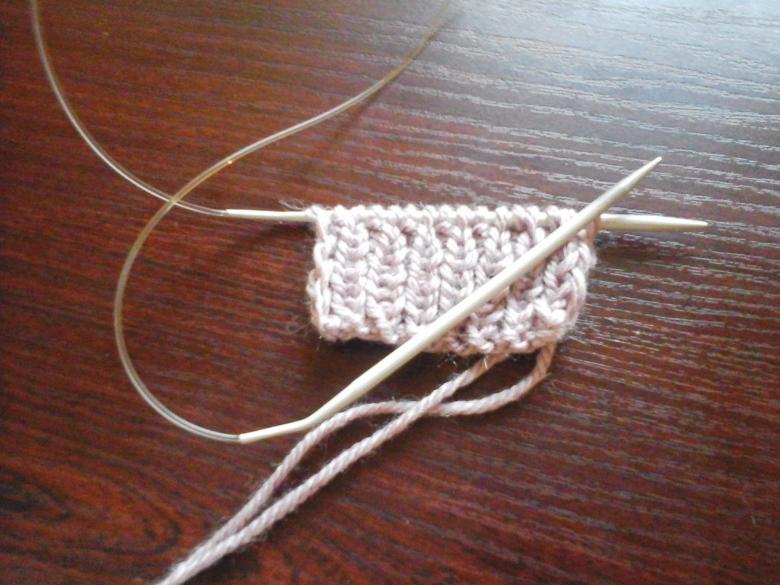
Semi-English
This ornament looks denser than the English scheme, and knits it easier. The number of loops must be divided by two, and you can't forget about the stitches.
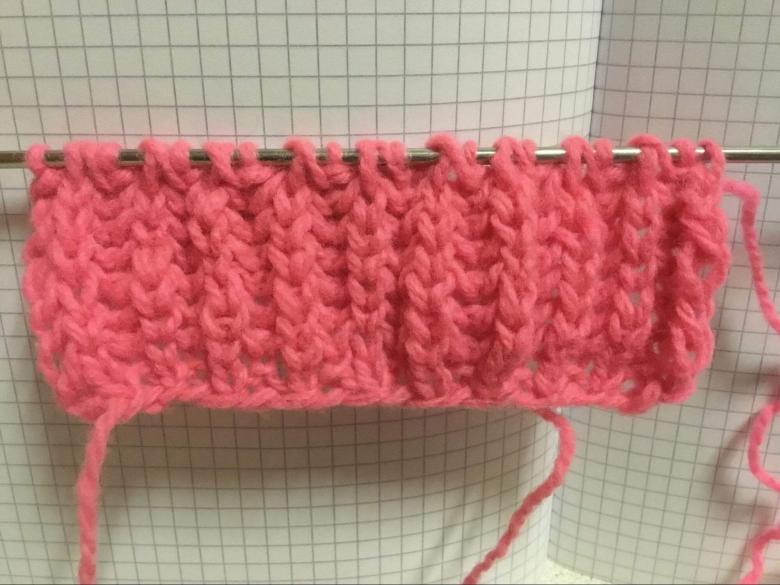
The diagram shows a simple way to knit:
- First weave an alternation of 1 l.p., 1 overlap, 1 stitch taken off uncut, 1 l.p;
- In the next row 1 rn.st., then two loops together behind the back, 1 rn.st.
The pattern is repeated from the beginning to the desired size of the product.
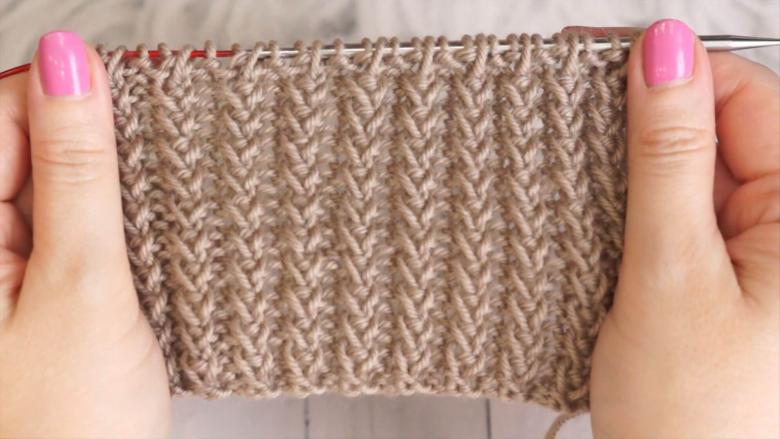
Elastic
Such an ornament can be used as a standalone when creating a large closet item, such as a sweater or cardigan. It looks unusual, original, while remaining elastic.
At the beginning of the work, you should dial as many loops on the needles, so that their number is divided by three, adding the two outermost.
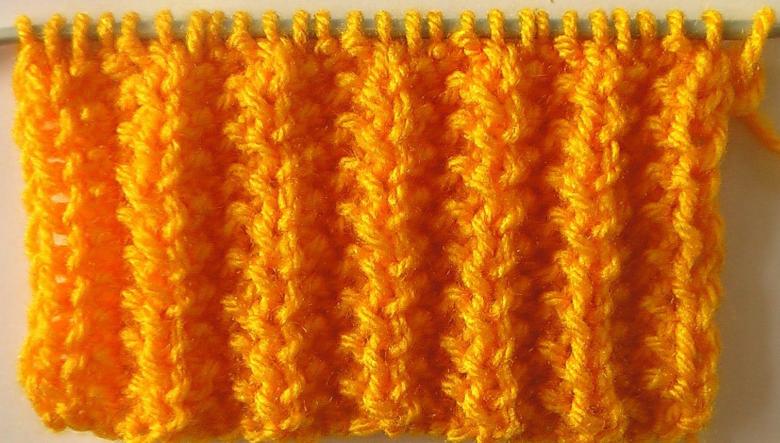
Master class:
- In the initial row, perform, alternating 2 persons and 1 of the opposite. p;
- The second row and all subsequent even rows in the pattern;
- In the third and every odd row, the two front ears are crossed to the right, 1 selves, repeat to the end.
On the main side of the ornaments you get elegant pigtails that fit tightly together.
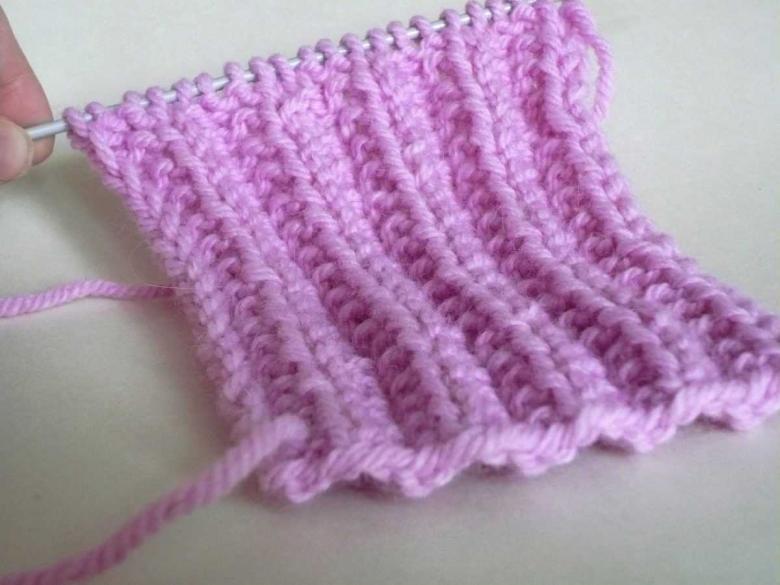
Knotted
The pattern is characterized by a characteristic weave and relief. The number of loops to be dialed must be divided by four. The process begins with an alternation of the stitch and two main stitches, with the overlap being cast on both loops.

The second row depicts two back, two main, continuing the sequence to its logical conclusion.

Rubber band with teeth
The pattern is notable for the fact that on the one hand it looks like English knitting, and on the other as the original weave with an inclination to the right. To knit it will require the skills of crossing the loops.

Master Class:
- Recruit the buttonholes in a volume of multiples of 5, plus the two edge stitches;
- The first to represent the wrong side, the next one to the right, then a pair of obtained ears to the left overlap;
- Repeat these rows as required number of times.

Frilled elastic band
The pattern is characterized by distinctive protrusions and deep depressions between them throughout the fabric. It can be knitted with a needle and crochet, and the results will be almost identical.
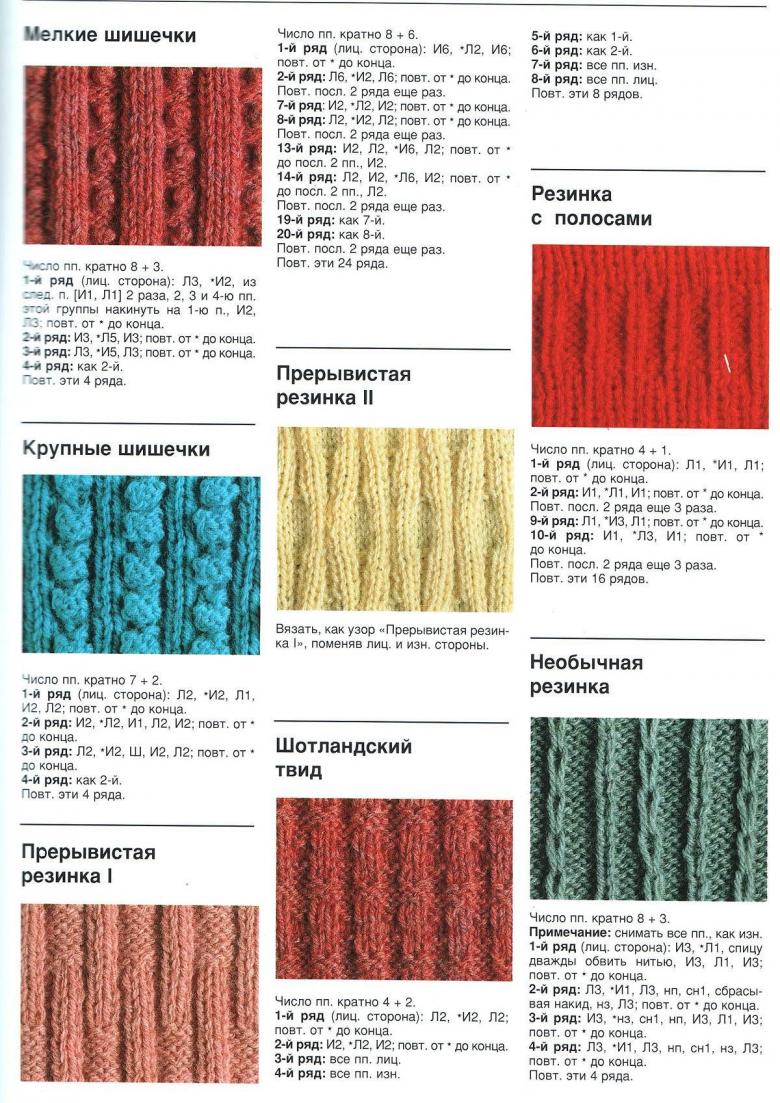
With a crochet hook, knit in the horizontal direction. The pattern looks large, ideal for making stylish cardigans, jackets, snoods. For this pattern, it is better to choose a yarn with a thick thread. Due to this, the product is knitted quickly.
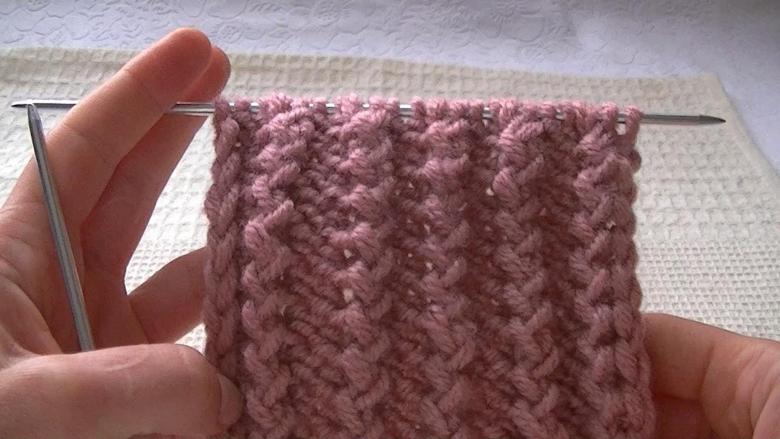
Master class by scissors:
- Dial the number of loops, divisible by four, plus the outermost;
- In the first row knit on 2 person.ptelki, 2 of them, 1 person.p, repeating the sequence to the end;
- Then, on the contrary, 2 of inf. st., 2 of inf. st., 1 of inf. st.
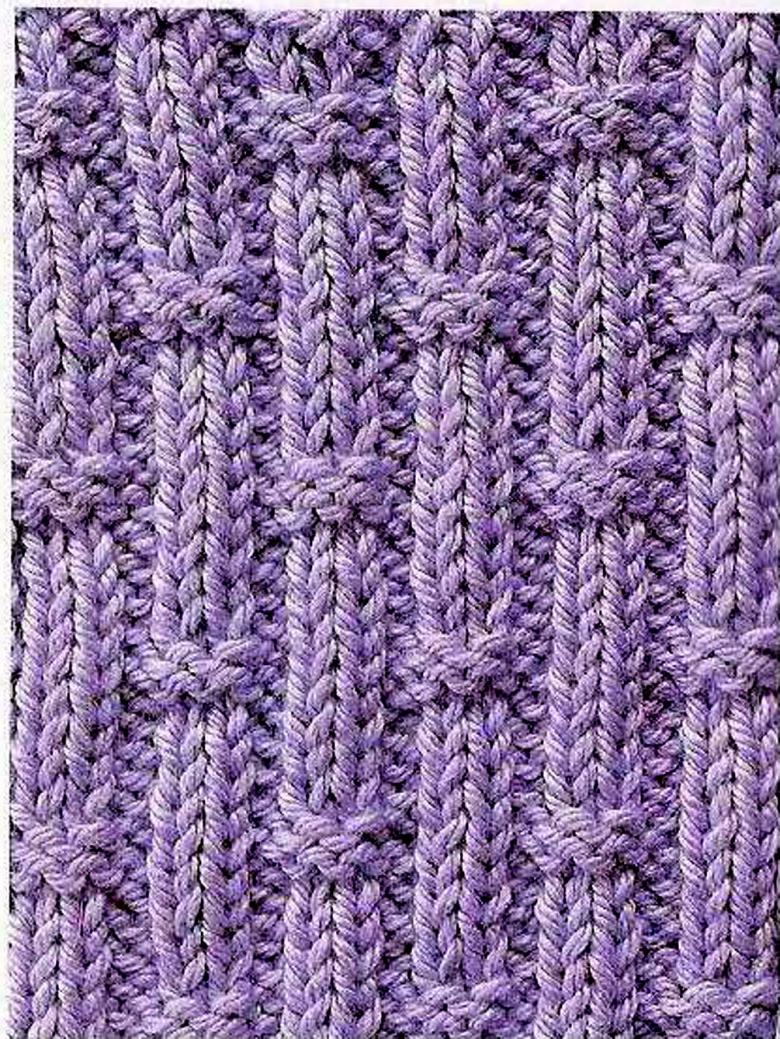
Choosing a needle to create a product with the considered ornament should be guided by the thickness of the thread in the paste. According to the thickness of the thread and working tool should be approximately the same.
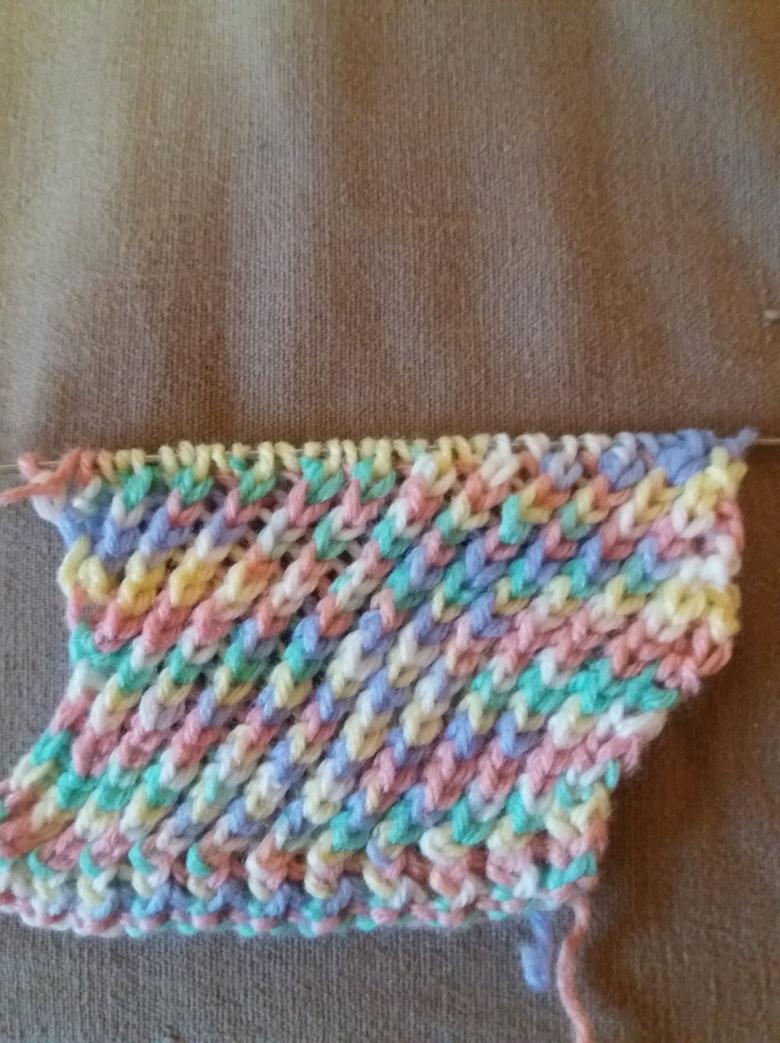
Crochet master class:
- Tie a chain of air loops;
- On the main side, crochet with half stitches with a stitch;
- On the wrong side - with connecting stitches.
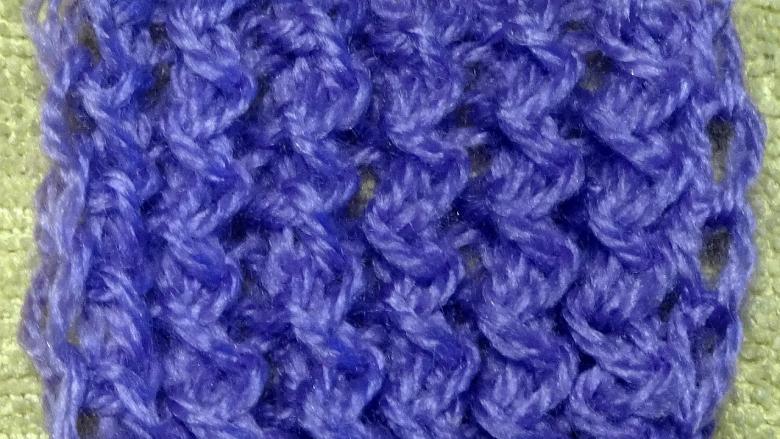
The result is a fabric that is soft and loose in texture. Things with such knitting favorably distinguished by a cozy tactile sensation, well keep warmth, effectively hold the shape, slim figure.

It is worth remembering that knitted things require special care. Washing is allowed only by hand in warm water (not more than 30 degrees). Ironing is prohibited, clothes and accessories dry naturally, laying them on a flat surface. Knitted items are stored only in a folded form. On the shoulders, they stretch under their own weight, forever losing their "marketable appearance.
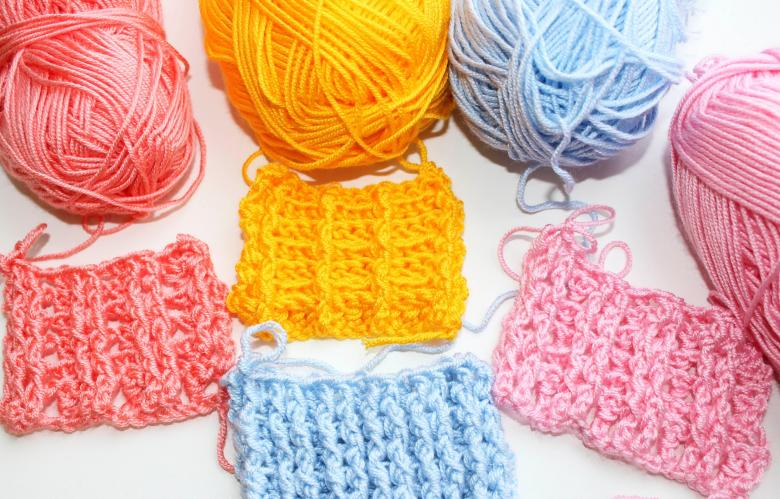
The elastic band is the main element in knitting. Mastering the techniques of knitting begins with her. Classic 1x1 pattern is used in sweaters, mittens. Hats and snoods look unusual with a faceted relief pattern.

